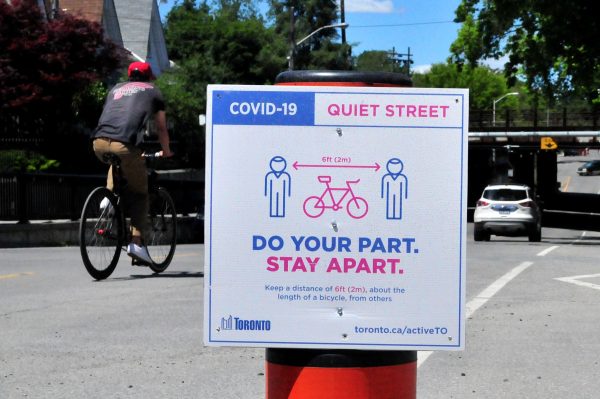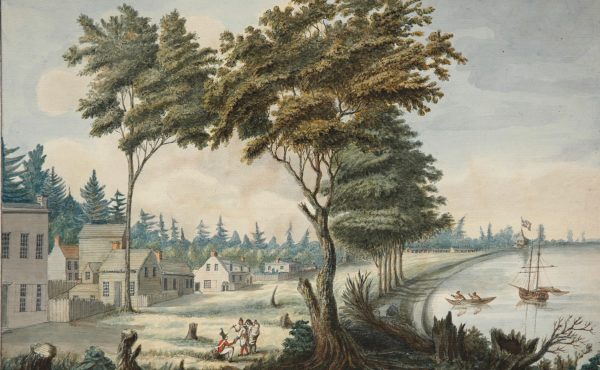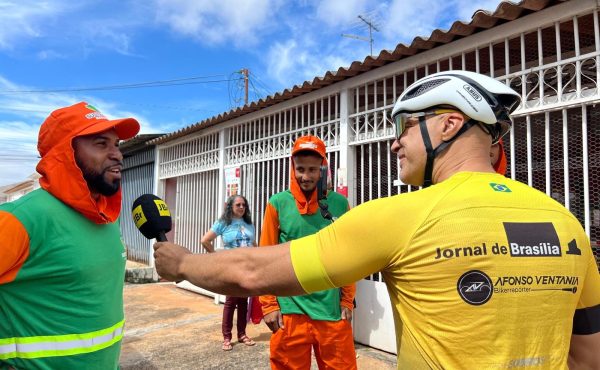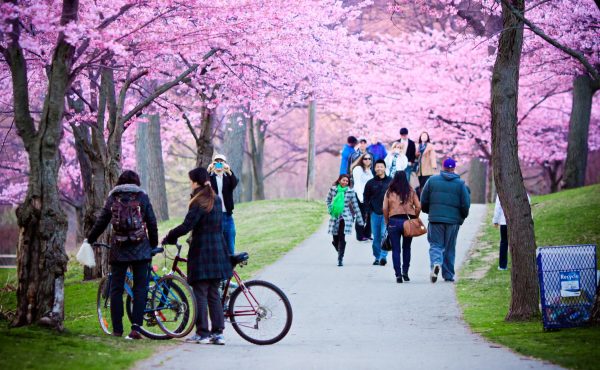COVID-19 has called the value of cities into question. But cities are not the problem.
Even as the COVID-19 curve flattens, we stare into the gaping holes of city life this crisis is highlighting. Across the country, schools are sitting empty, arts and community organizations are suffering, and residents, especially in urban centres, are in dire need of public space. As these gaps persist and worsen, the very model of cities is thrown into question. Cities need to invest in big ideas with broad and immediate impact. Civic spaces are a low-hanging fruit where a little can go a long way.
Those organizations weathering this disaster best have shifted to alternate ways of doing business. Take-out instead of eat-in. Zoom calls instead of boardrooms. Virtual classes instead of in-school attendance. Cities are no different. The quicker cities move to adapt and mobilize resources to meet resident needs, the better off societies are. That’s what resilience means. So let’s start there.
At their core, public places are eminently versatile and have the potential to make our cities even more resilient, not only against the next global crisis, but to garden variety economic downturns, floods, and power outages. Here’s are seven ways in which investments in our civic spaces today can strengthen tomorrow’s cities:
Expand the use of local schools for broader community benefit
When school’s out, school buildings can be the hubs for activity that benefits the whole community, including older adults and households without children. Retrofitted campuses can make way for test kitchens, lifelong learning enterprises, and professional development classes. In the summer and evenings, schools could also benefit in the form of additional revenue for community services.
Install theatres in neighbourhood parks
As destination travel turns into staycations, cultural arts are needed more than ever. Ironically, many arts organizations will not survive the pandemic to serve this vital purpose. Post-COVID-19, sustainability will depend on a transformed business model. Installing theatres in neighbourhood parks, like we do with ice rinks, will attract a loyal local following. By reducing fixed property costs, arts organizations will be able to remain viable. In return, theatres will support local restaurants and bars, drawing residents to neighbourhoods and fuelling the local economy.
Support laneway maintenance and activation
Our laneways support hockey and violin practice, seasonal tomato canning, motorcycle tinkering, and informal after-school care – but only when they’re maintained. Funding laneway infrastructure can further strengthen neighbourhoods with reliable snow clearing, safety provisions like mirrors and lighting, and art installations.
Invest in dedicated routes for pedestrians and bikes
Well before the pandemic, cities needed to provide transportation alternatives for residents. COVID-19 made public transit feel unsafe and bike riding highly sought after. Dedicated paths, trails, and lanes specifically designed for pedestrian and bicycle use reduce the burden on city streets, and bind neighbourhoods together and to the city-at-large.
Integrate the whole neighbourhood into curricular education
With virtual learning a staple in children’s lives today, learning won’t likely be limited to happening inside schools even when they re-open. That’s a good thing. Neighbourhoods are potential labs for experiential learning. Nature-based landscape design can transform plastic playscapes into ecology hubs. Secondary students can study green infrastructure through surveying neighbourhoods’ carbon footprints and then working to reduce them.
Make percent-for-arts funding available for private households and renters
Neighbourhood sidewalks, with their mural-painted garage doors and vibrant front gardens, have become substitutes for our art galleries. Percent-for-arts programs, where funds secured from large developments are used to provide on-site works of public art on private lands, are only open to developers. Let’s extend them to private residents who could use a rent/mortgage subsidy to beautify their front lawns, apartment balconies, garage doors, and porches to contribute to a greater, more beautiful cityscape.
Support libraries as focal points for populations of all ages
Libraries have, admirably, taken on a role that goes beyond being centres of knowledge. When staffed to support social service matchmaking, libraries can meet the needs of neighbourhood residents at every life stage. When located near transit, basic food needs, and health care providers, libraries can bind our multi-generational society together.
We can likely endure a single disaster without a major transformation in our cities. But when we consider COVID-19 as one of many major disruptions challenging cities, it becomes clear that resilience depends on adaptable public spaces. Our fates are tied to where we live. If we are all in this together, then let’s invest in what binds us – our common spaces, our civic assets, and each other.
Orit Sarfaty is the Chief Program Officer at Evergreen.




